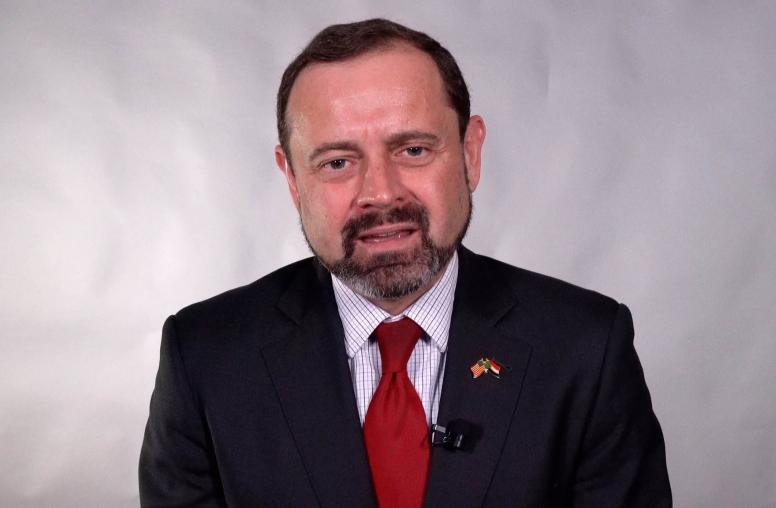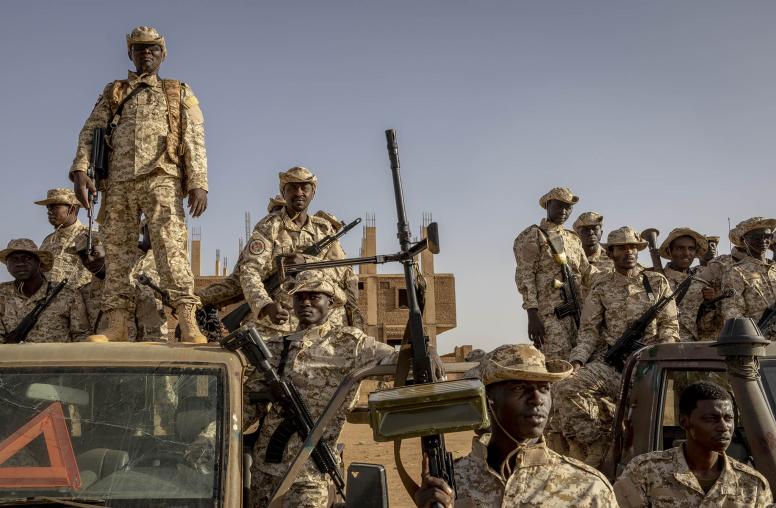Sowing the Seeds of Nonviolent Action in Sudan
From 2013 to 2018, Sudanese civil society actors carved out a variety of civic spaces that laid the foundation for Sudan’s 2018–2019 December Revolution. This report assesses the factors that gave rise to this remarkable mobilization—in particular how civil society development ultimately enabled the Sudanese opposition to sustain a decentralized, nationwide, and robust nonviolent campaign characterized by widespread mass participation, unity of leadership and purpose, and a commitment to nonviolent discipline—and what it will take to keep the country’s democratic transition on track.

Summary
- Sudan’s 2018–19 Revolution, also called the December Revolution, is a striking example of the power of nonviolent action even in repressive or otherwise challenging contexts.
- Successful nonviolent action campaigns do not usually materialize overnight. They are grounded instead in civil society development, which provides the necessary skills, knowledge, and interpersonal connections required for nonviolent action campaigns.
- The initial success of the December Revolution can be attributed to civic spaces that emerged and strengthened in the country between 2013 and 2018, including community volunteer groups, civil society workshops and training, and professional associations.
- The activities in these civic spaces endowed the December Revolution with several key attributes, including widespread mass participation, unity of leadership and purpose, and a commitment to nonviolent discipline.
- In the transition following the ouster of President Omar al-Bashir, these spaces remained active and helped in resisting the Sudanese military’s counterrevolutionary efforts, although movement leadership and unity have weakened. Restoring opposition unity and continued civic engagement is vital if Sudan is to successfully navigate this transition.
About the Report
This report explores the foundations of Sudan’s 2018–19 revolution, tracing the effects of three key civic spaces—local demand groups, civil society workshops, and professional associations—on widespread mass participation, opposition unity and movement leadership, and nonviolent discipline. It then considers how these spaces have evolved since the revolution. The report was supported by the Nonviolent Action Program in Applied Conflict Transformation Center at the United States Institute of Peace.
About the Authors
Marija Marovic, a former director for Freedom House and the International Republican Institute in East Africa, is a senior adviser to the Gisa Group. Zahra Hayder is a lifelong Sudanese political activist.



